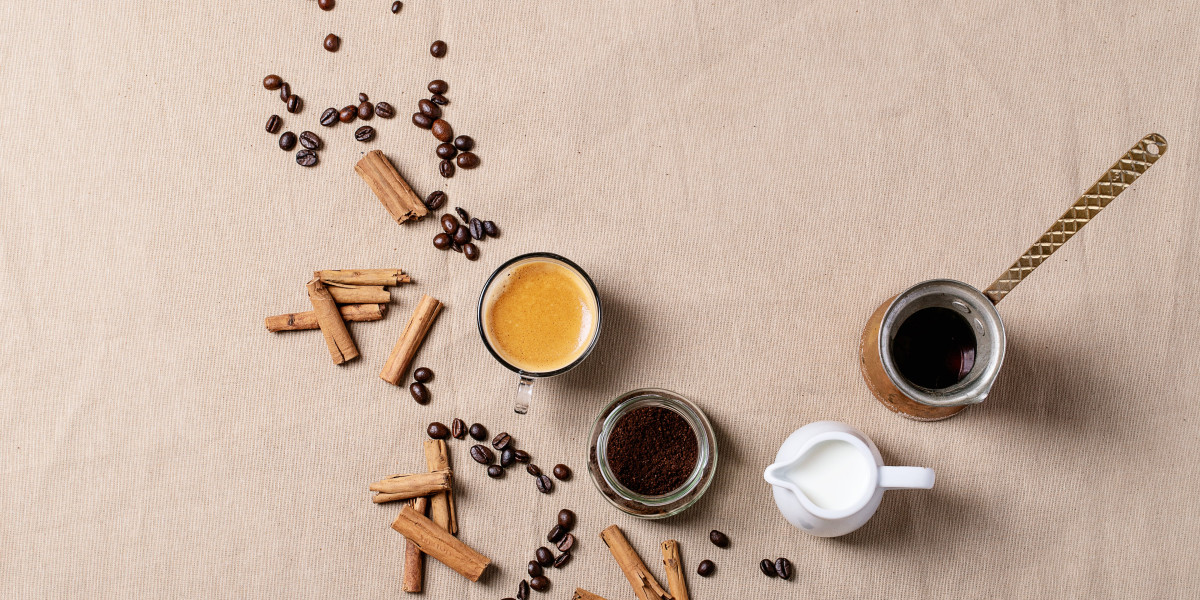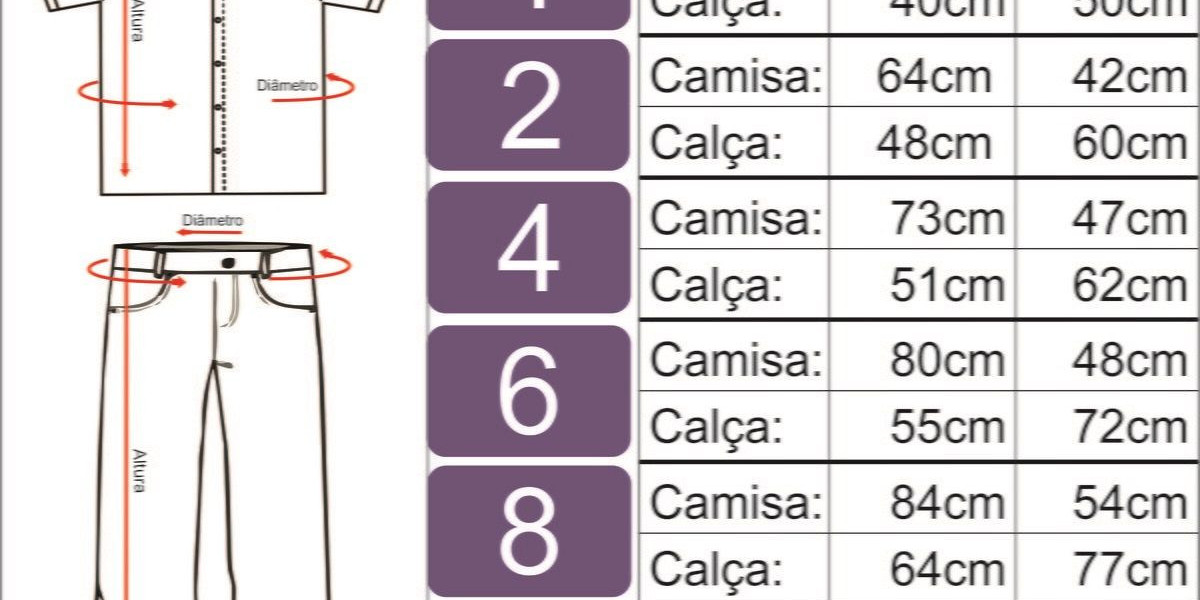 If you're planning to purchase a coffee machine for your home it's worth investing in accessories, such as a tamping pad and a set of coffee scoops. You'll need to stock up your beans and milk.
If you're planning to purchase a coffee machine for your home it's worth investing in accessories, such as a tamping pad and a set of coffee scoops. You'll need to stock up your beans and milk.This semiautomatic combines a milk frother with the user-friendly assisted dosing feature and tamping of the 2022 Barista Touch Impress for a elegant setup that takes the coffee you make at home to new levels. It's also smart because it is connected to Alexa and uses geofencing.
Filter coffee machines
Filter machines are likely to be the most popular coffee machines for use at home. They heat water, then let it flow over ground coffee before returning it to the pot. This results in a robust smooth, smooth concentrate. It is then dilute and served from a separate cup. These coffee makers are generally simple to use, and typically come with a glass pot that can hold a good number of cups simultaneously and is ideal for families with large numbers of or friends. They also tend to have lower costs than other models, which can make them a good option for those on a budget.
The majority of these models have a compartment for the coffee grounds, as well as the tube is positioned to rise from the bottom of the container. The water is heated through a resistive element and an aluminum heating tube, and then it passes through the coffee grounds before dripping into the pot below. The reservoir can hold plenty of water and be refilled to continue the cycle.
Many coffee makers feature an one-way valve which prevents the cold water from mixing with the heated water. This reduces energy wastage, and it also helps keep the water hot for a longer time. The machines are also fitted with a heating plate made of metal which will help keep the water warm for a long period of time.
If you are using an automatic filter, you will need to measure your preferred amount of coffee into the filter and then start the brewing process. Most of these coffee makers require a ratio of approximately two tablespoons of coffee per every six ounces of water. However, it is always recommended to read the instructions provided by the manufacturer prior to choosing a particular ratio.
After adding the ground coffee to the tank, and adding the water, it is recommended to allow the coffee to grow and bloom. This is when the beans release their aroma and flavor. Then, add the rest of the water in a circular motion over the grounds of coffee, and then allow the brewing process to be completed.
Filter coffee makers, just like other types of coffee makers can have problems. Cleaning them frequently is crucial to prevent the formation of hard water and other contaminates that can block tubes and affect coffee taste. Cleaning should be easy and quick, as the majority of the components can be cleaned in the dishwasher. The most common issue is that the tube connecting the aluminum heating tube and the cold-water tube can block therefore it's best to clean this tube regularly also. You can try running vinegar through your coffee maker before you make any other repairs.
Espresso machines
Espresso is a wildly popular coffee drink that has experienced an increase in popularity over the last decade or so. It is now possible to find an espresso machine in almost every cafe or restaurant, and many people enjoy making their own at home. Although the machines you can use at home aren't as large and powerful as those found in restaurants, they work using the same principles. You can master the brewing process to make a variety of espresso drinks.
A basic at-home espresso machine will come with an vessel for heating, a portafilter basket, and a steam valve. When you start the machine, it will begin heating water to the perfect temperature for making espresso. Once it is done, you'll need to place the espresso you have ground into the basket and tamp it down. Then, you'll add a filter and the portafilter lid to the machine, and then push the water through the coffee grounds by using pumps. The pressure generated by the water pushing through the grounds will result in strong espresso. You can then add milk to your beverage to make a cappuccino, macchiato, or latte.
If you are planning to make cappuccinos or lattes, you may also be thinking about buying milk frothers. Also, ensure that you have espresso cups as well as an cleaning brush for the machine. You might also need an tamping pad for your portafilter.
You can also use your espresso maker to make different types of coffee. But, be aware that the process may take longer and your results will be less than optimal. To get the best results, you should choose an espresso-specific coffee that is labeled for espresso making.
The size of the boiler as well as the amount of pressure in your machine can affect how your drinks taste. In general, larger machines will have bigger boilers that can produce more drinks in a smaller amount of time. They can also produce more intense espressos thanks to the highest pressure.
Some machines feature manual pistons and a spring design that lets you manage the force by which you push the water through the grounds. This lets you make an espresso with the right strength and consistency. Modern machines have replaced this with electric pumps that utilize the technology of rotary veins to help you get the right consistency and flavor for your espresso. These are called semi-automatic espresso machines. These machines offer a little more control over the barista at home, but they do not allow you to adjust all aspects of the brew as you would with a professional machine. They are still simple to use and can make excellent coffee.
Bean-to-cup machines
A bean-to-cup espresso machine has an integrated grinder and the brewing unit is an crucial component. When you press a button, the grinder will grind and tamp your selected beans, the brewing unit then heats water to brew them, once the coffee is made, the grounds are automatically ejected into an internal waste bin - you can also add milk if like.
A lot of bean to cup machines come with a self-cleaning mechanism that basically flushes hot water after every use, making sure that the excess coffee doesn't get accumulated in the pipes between thorough cleanings that are typically required every couple of months. This is a fantastic feature if you drink a lot coffee and need to keep the machine as clean as you can.
Some bean-to-cup machines don't include a milk frother at all, if you prefer to add milk by hand from a jug or to add it to a cafetiere. If you're planning to serve cappuccino, latte or other drinks that are based on milk it is necessary to have a machine that is capable of handling the frothing process. The majority of bean-to-cup machines that can froth milk come with a Panarello wand that is a sheath that can be removed only when you're preparing an espresso or cappuccino. If you're looking to create a thicker froth in your cappuccino, we suggest buying a coffee maker with a pro steam wand. They can make a much thicker froth.
For offices and homes with a lot of traffic A bean-to-cup coffee maker can be an excellent choice. They're simple to use and produce premium cups of coffee and can be programmed to be turned on in the morning or when you leave home to ensure that your cup is ready to go - perfect if you have a long commute! They can also save businesses money on hiring baristas, which is particularly useful for businesses with a high turnover of staff.
Visit the official Loveramics website for more details about our recommended range of espresso machines. You can also apply the code "LoveCoffee" at the checkout to receive 20% off your purchase! Don't miss out on our giveaway of a set of Loveramics cups to all Coffee Blog readers! Click here to enter. Winners will be announced on Friday 29th June.




